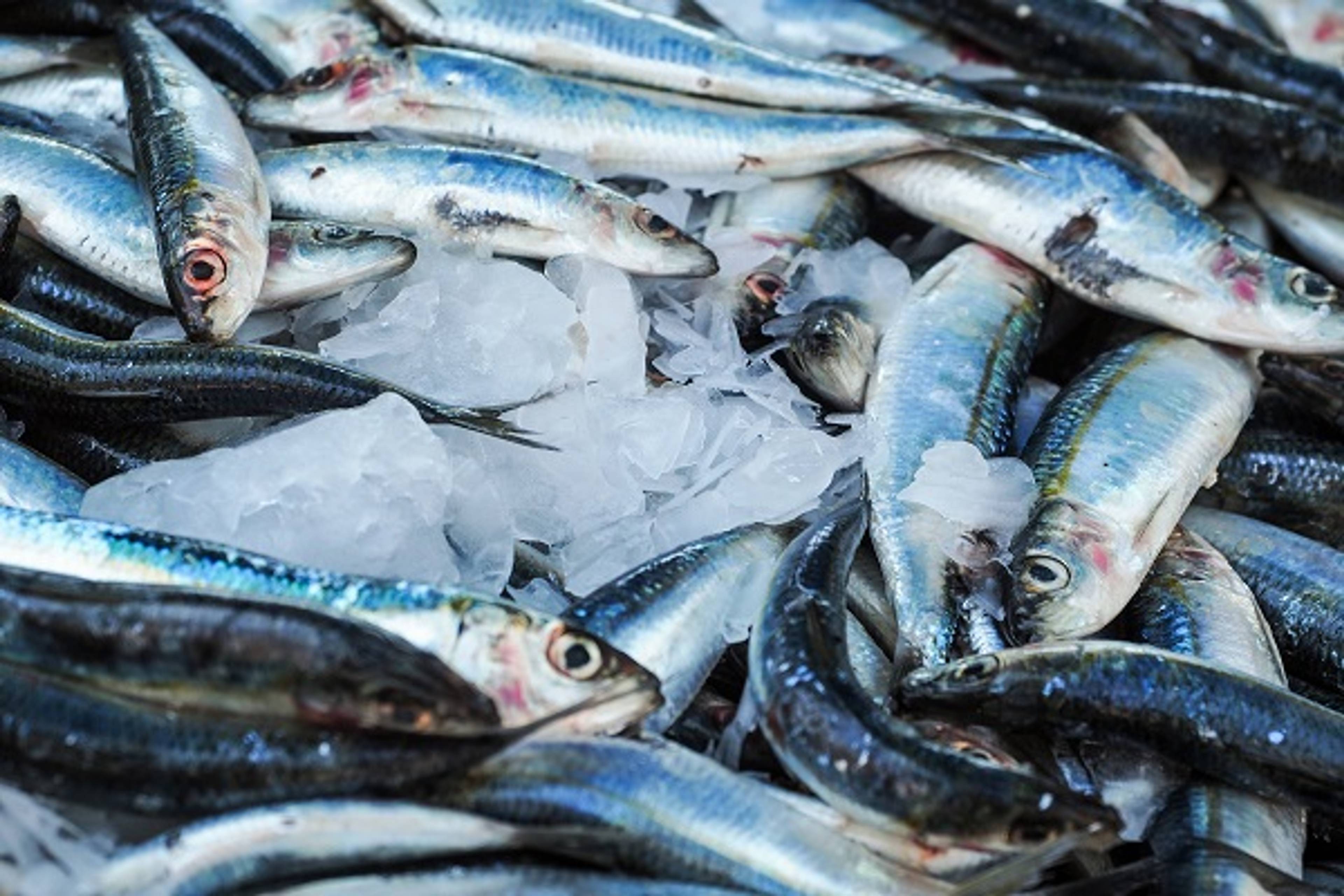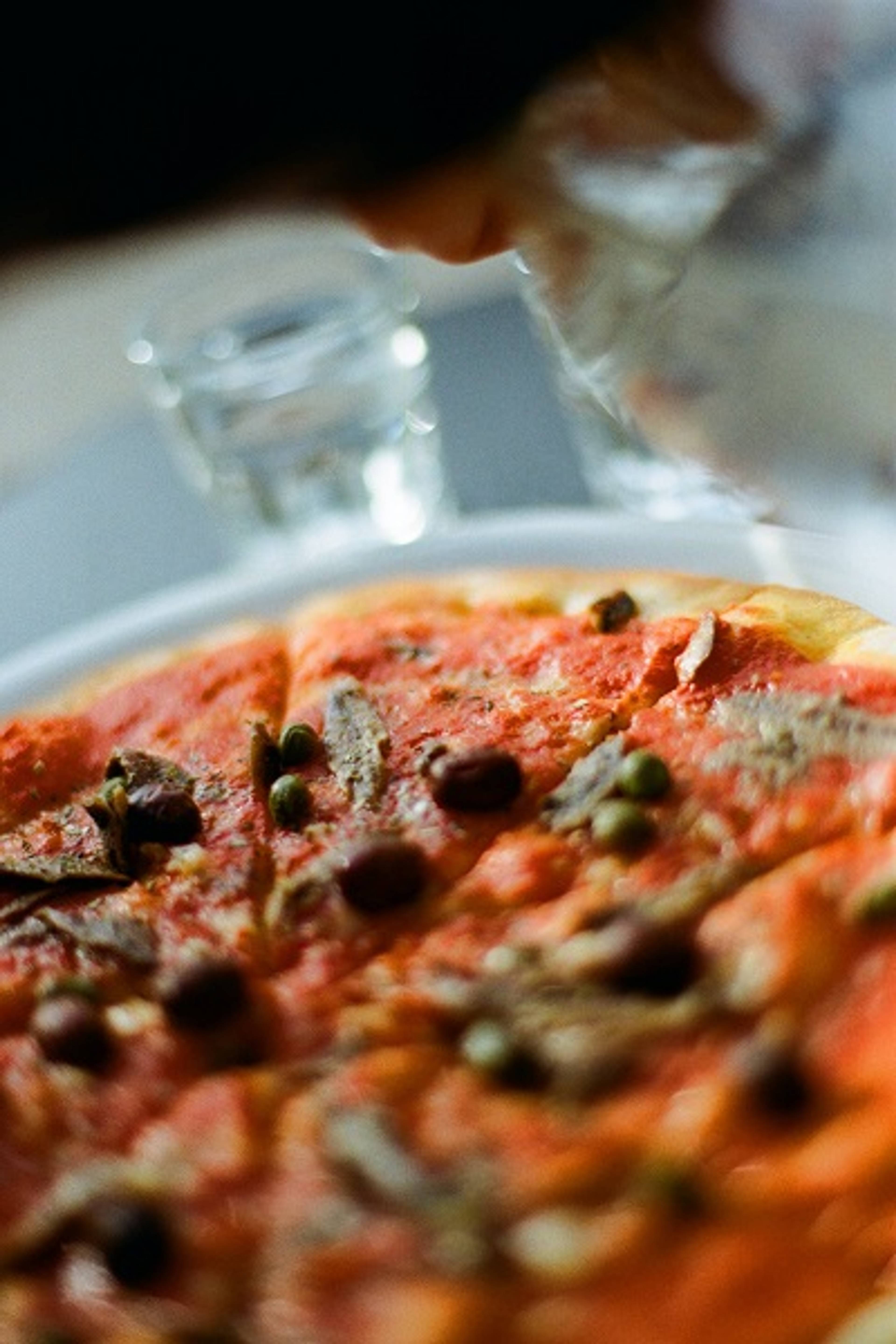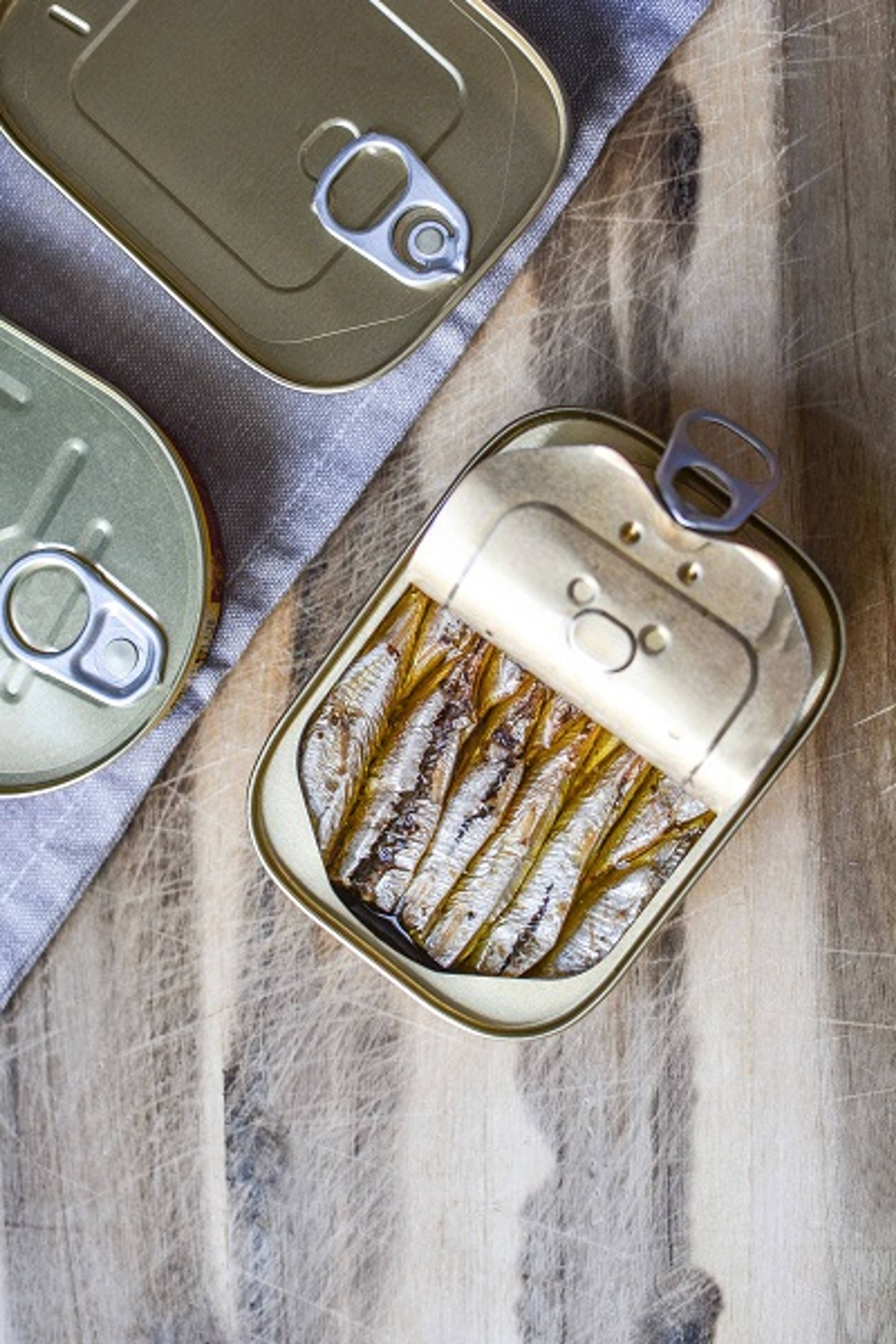Anchovies vs. Sardines: What’s the Difference?
They sit right next to each other in tins at the grocery store, but __sardines and anchovies are not the same__. They are often confused, though, so we’re here to set the record straight on the differences between our favorite two little fish varieties—and give you some great ideas about how to enjoy eating them.

What Are Sardines?

What Are Anchovies?
Are Sardines and Anchovies Good for You?
Yes! Anchovies, sardines, salmon, tuna, mackerel, and trout are all oily fish, which means they store oils throughout their bodies and are packed full of heart-and-brain-health-boosting omega-3 fatty acids, minerals, and fat-soluble vitamins. Unlike larger fish, sardines and anchovies don’t eat other fish and live shorter lives, so they don’t have a chance to accumulate high levels of toxic heavy metals before being harvested. So, you can eat them as often as you like without worrying about mercury! Plus, little fish are a more renewable and sustainable resource than larger fish, so eating them is healthier for the ecosystem as well as your body.

What Are the Best Ways to Prepare, Cook, and Eat Anchovies?
